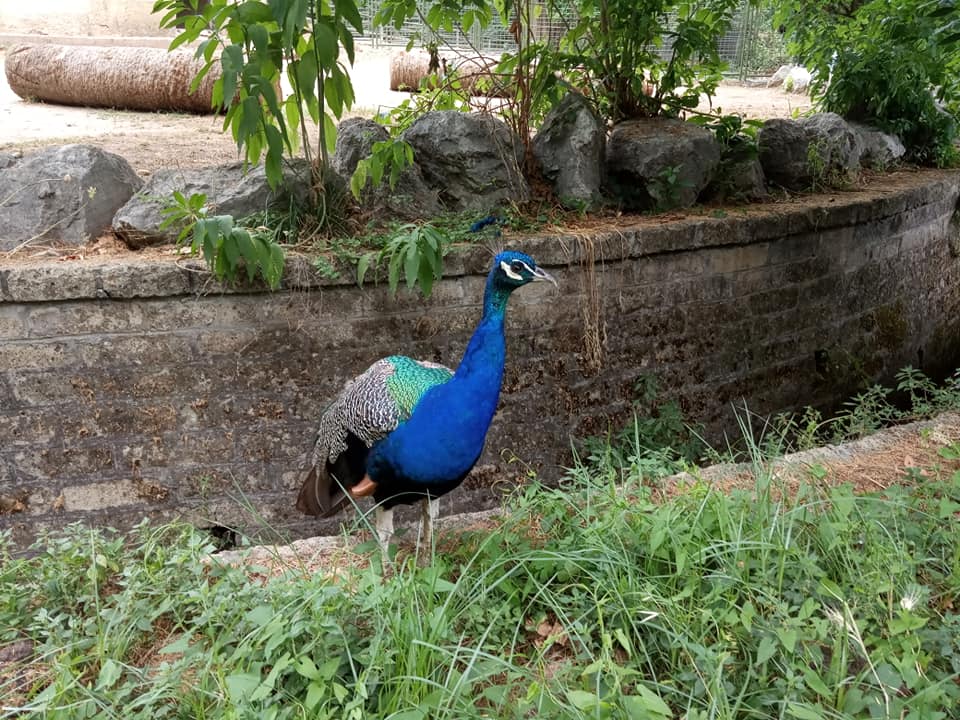Photography is a captivating art form that allows us to capture moments, express our creativity, and share our unique perspectives with the world. Understanding the different types of photography opens up a world of possibilities for photographers.
In this article, we will explore the four main types of photography, providing insights into their definitions, techniques, and the artistic opportunities they offer.
Portrait Photography: Capturing the Essence of Individuals
Portrait photography is a timeless art that focuses on capturing the essence of individuals or groups. It involves skillful composition, lighting, and posing techniques to showcase the subject’s personality, emotions, and beauty. From formal studio portraits to candid lifestyle shots, portrait photography offers a diverse range of opportunities for photographers to connect with their subjects and convey their unique stories.
Landscape Photography: Embracing the Beauty of the Earth
Landscape photography celebrates the beauty of natural or man-made environments. It captures vast vistas, serene seascapes, majestic mountains, and urban skylines. Composition, lighting, and the ability to evoke mood are crucial in landscape photography. By mastering these elements, photographers can transport viewers to captivating places and evoke a sense of awe, tranquility, or even adventure.
Street Photography: Candid Moments in Urban Life
Street photography captures unposed, spontaneous moments in public spaces. It focuses on the everyday lives of people, showcasing the diversity and energy of urban environments.
Street photographers must blend seamlessly into the bustling streets, observing and capturing authentic moments that reveal the character, emotions, and stories of the subjects. It is an art form that thrives on capturing the raw essence of life.
Wildlife Photography: Exploring the Wonders of the Animal Kingdom
Wildlife photography delves into the natural world, capturing animals in their habitats. It requires patience, observation, and ethical considerations to document wildlife without disturbing their natural behavior.
Wildlife photographers strive to tell compelling stories through their images, revealing the beauty, power, and vulnerability of the animal kingdom. This genre allows us to appreciate and protect the wonders of nature.
Other Types of Photography: A World of Creative Possibilities
While portrait, landscape, street, and wildlife photography are the main genres, photography offers an extensive range of other specialties. Fashion photography, food photography, architectural photography, and many more provide avenues for photographers to express their creativity and expertise in specialized fields.
Choosing Your Photography Path: Discovering Your Passion
Finding your preferred photography genre is an exciting journey of self-discovery. Reflect on your interests, passions, and the subjects that ignite your creativity.
Experiment with different types of photography to explore your strengths and preferences. Remember, continuous learning, practice, and experimentation are essential to develop your unique photographic style.
What are the 4 basic elements of photography?
The four basic elements of photography are:
- Light: Light is the foundation of photography. It plays a crucial role in determining the quality, mood, and overall impact of an image. Understanding how light interacts with your subject, whether it’s natural or artificial light, and how to control and manipulate it is essential in photography.
- Composition: Composition refers to the arrangement of elements within the frame of a photograph. It involves the careful placement and balance of subjects, lines, shapes, patterns, and other visual elements. A strong composition helps to guide the viewer’s eye, create visual interest, and convey the intended message or story.
- Exposure: Exposure refers to the amount of light that reaches the camera’s sensor or film. It is determined by three main factors: aperture, shutter speed, and ISO. Aperture controls the amount of light entering the camera through the lens, shutter speed determines the duration of the exposure, and ISO sets the sensitivity of the camera’s sensor or film. Achieving the right exposure is crucial for capturing a well-balanced and properly lit photograph.
- Focus: Focus refers to the sharpness and clarity of the subject within an image. It is achieved by adjusting the camera’s focus settings to ensure that the intended subject or area is in sharp focus, while other elements may be intentionally blurred or out of focus. Proper focus helps draw the viewer’s attention to the desired point of interest and enhances the overall image quality.
These four elements – light, composition, exposure, and focus – are fundamental aspects of photography. Understanding and mastering these elements allows photographers to effectively capture and create visually compelling and impactful images.
Conclusion
Photography is a boundless art form, offering a wealth of opportunities for self-expression and storytelling. By understanding the four main types of photography – portrait, landscape, street, and wildlife – you gain a solid foundation to embark on your photographic journey.
However, don’t limit yourself to these genres alone. Explore various specialties, experiment, and let your creativity soar. Embrace the world of photography, capture moments, and share your unique vision with the world.

